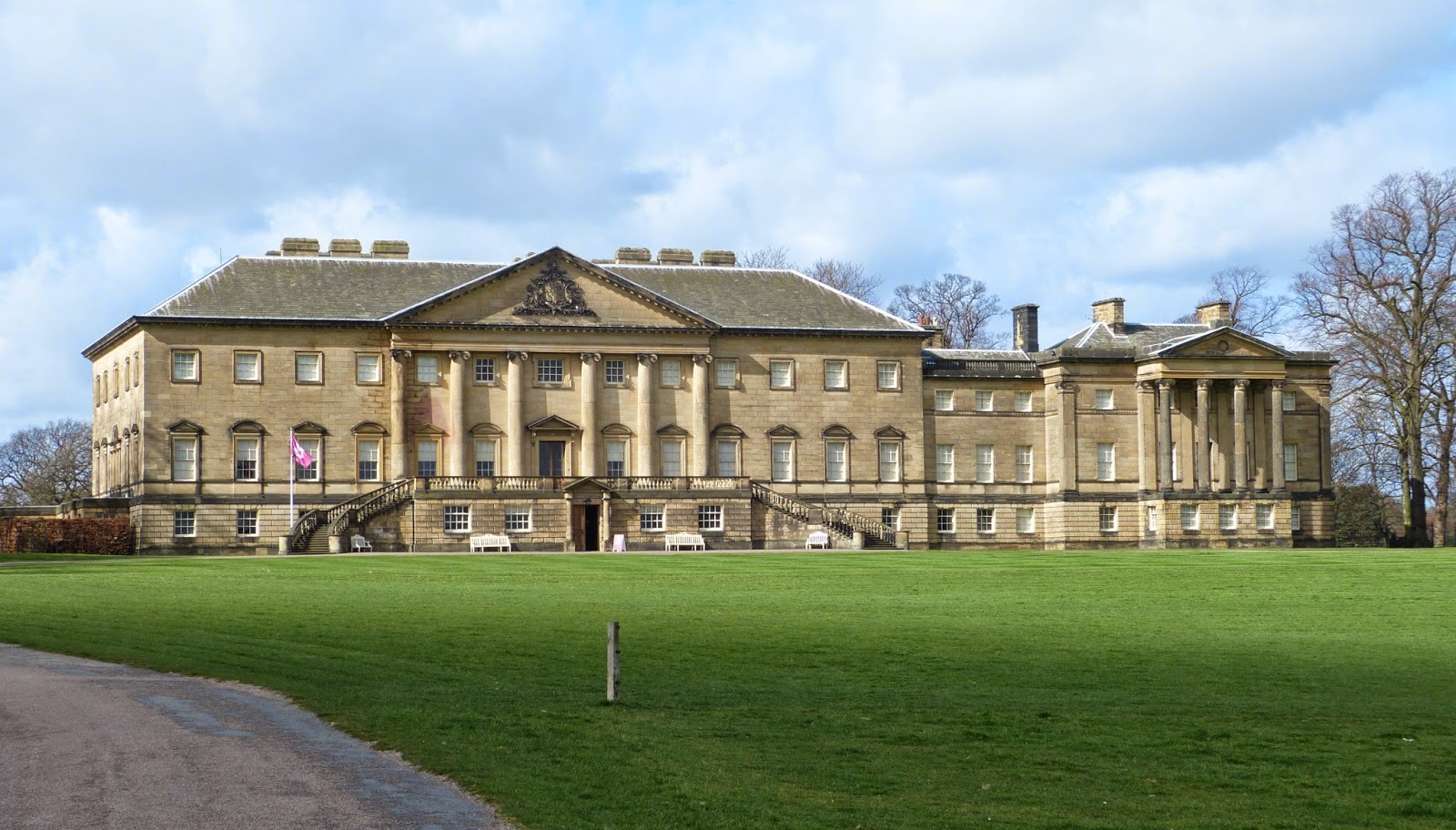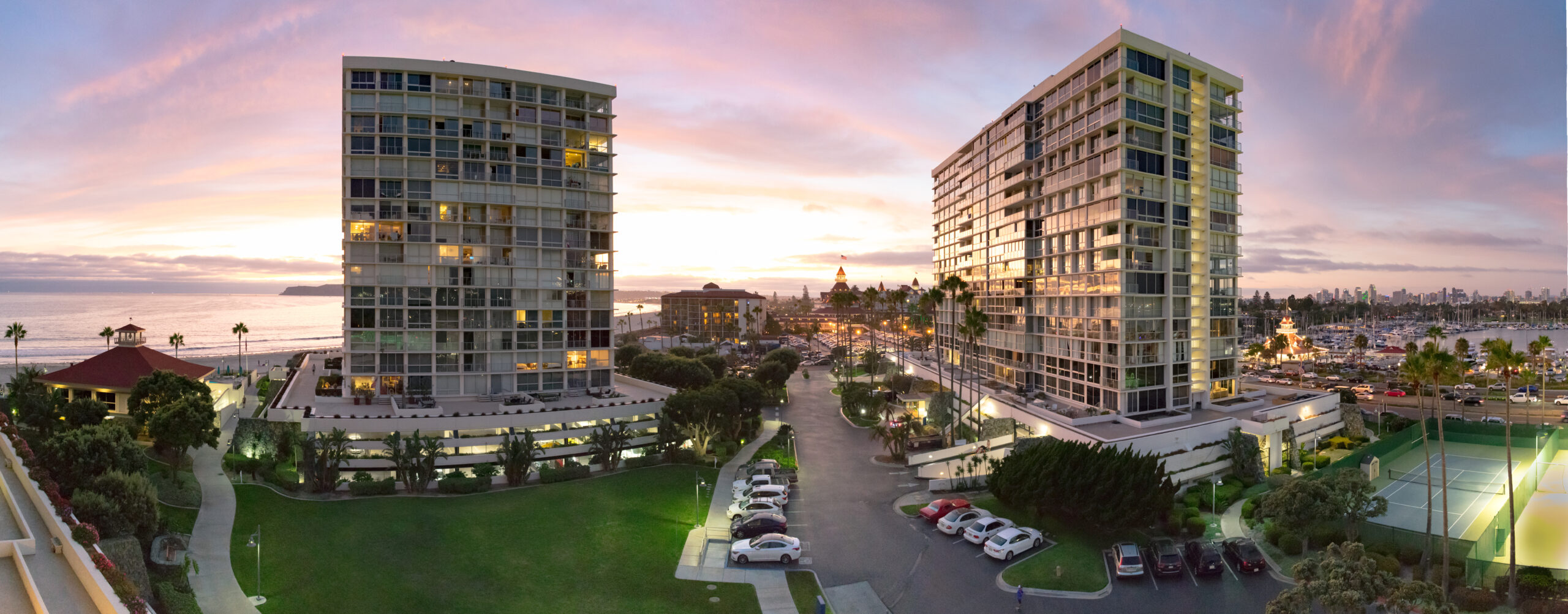A Brief History Of Georgian Architecture
George I through George IV’s reigns are distinguished by a particular style of architectural embellishment. Georgian architecture’s symmetry and simplicity have come to represent British restrained good taste and perhaps the very concept of “Britishness.”

The Regency Style of Prince Regent as King George IV
Regency style; Also known as Prince Regent in the 19th century in England. It is the decoration style that dominates the period during George’s stay on the throne.
Prince Regent, one of the greatest protectors of art and architecture, was known for his fascination and exaggerated style, who served as regent during a period of great finesse and cultural achievement that shaped and changed the social structure of England as a whole. With this known feature, we can come across examples that have inspired many designers today.

The Regency style, which dominates this period, has been used in the main decoration designs of movies that are frequently watched on digital platforms recently.
In the regency style; Unity created by using all colors with each other, except for fluorescent tones, without dominating a single color; It is blended with the contrasting colors in damask patterns.
Dining rooms and bedrooms, where ebonized wood, dark walnut and rosewood are used extensively, are among the most important details that catch our eye in this style. The heavy air of the glossy dark color used in furniture is generally softened with light colored fabrics. Characterized by inlaid, elegant furniture and vertically used wallpapers, the design is combined with flashy chandeliers to create a regency style.

The walls, where jabot and swag curtains meet, provide integrity in decoration with embossed motifs and friezes used in beams and ceilings. Same time; Gold leaf designs, which are widely used on walls, doorways and columns, maintain their integrity with the space.

















